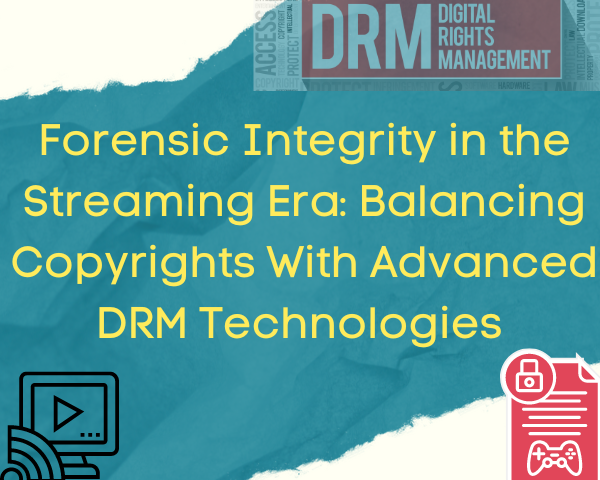Siri, Self-driving Cars, Chef Watson, Chatbots, Cortana… Do you Know Exactly What These Have In Common…? The answer is ‘Artificial Intelligence.
While many of you might know the term; for the ones who are unaware, let me explain. Artificial Intelligence is a branch of computer science that aims to create “intelligent machines”. These machines are programmed to “THINK” like humans and mimic how a person acts. Learning, reasoning, and perception are considered goals of Artificial Intelligence.
Some interesting examples of Artificial Intelligence are:
* Computers that play chess and video games;
* Siri, Cortana, and Google now are all intelligent digital personal assistants on various platforms;
* Smart cars like Google’s self-driving car & Tesla’s autopilot feature;
* Purchase prediction: Amazon’s anticipatory shipping project hopes to send you items before you need them;
* Fraud detection
* Online customer support e.g. Chatbots;
* News generation;
* Security surveillance;
* Smart home devices based on IoT technology.
By now some of you must have realized that it is astounding how AI is slowly trickling its way into our lives. However, the technology is still in its early development years. But one thing is for sure AI is set to become a very integral part of our lives in a decade or two.
A true artificially intelligent system is one that can learn on its own. In the present day, we have applications like Siri which present themselves as an example of Artificial Narrow Intelligence (Weak AI) in which the programmer is in direct control of every output. Whereas on the other hand we even have developed/are in process of developing machines with strong AI or Artificial General Intelligence. Machines with strong AI are expected to possess innovative thinking and logical reasoning abilities. A very good example of such a machine is the “Creativity Machine” used by the U.S. military to design new weapons.
Artificial Intelligence and the Law: Our legal system is not defined to confront problems arising from the rapid development of AI. The challenge is that our legal system doesn’t have answers to otherwise straightforward questions like, “Who is the author of a painting made by a machine using AI?”
Importance of Intellectual Property Laws for AI: Developing high-end AI systems requires a substantial amount of investment. Therefore, there is a dire need for the development of such IP-related laws which can protect the developments of AI technology and compensate the innovators through copyright or patent grant.
But as you are aware that generally patents and copyrights are granted to the inventors or artists based on the fulfillment of criteria like novelty, creativity, un-obviousness, inventive step, etc. The challenge involved here is that the present legal definition of creativity and innovation does not mention anything about non-human innovation. Therefore the ownership of AI inventions still remains unanswered.
In the UK, the author of a work is defined by the Copyright Designs and Patents Act 1988 (the “CDPA”) as the person who “creates” it.
Though for inventions/innovative works by machines with weak AI i.e. where a programmer is in direct control of every output; the IPRs can be granted to the human/author operating these machines.
The UK CDPA also provides that where a work “is generated by a computer in circumstances such that there is no human author of the work” the author will be “the person by whom the arrangements necessary for the creation of the work are undertaken”. This provision doesn’t leave any room for the AI itself to be considered the author so a human author needs to be found somewhere.
But for the machines with strong AI, working out who owns the IP rights of the content created by these machines is far more complex than it appears; especially when it comes to licensing or enforcing those rights.
As for now, the AI systems are not considered persons and there is no single law that sets out who will own the IP rights in any content they create. Therefore, there is a lot of scope for improvement in this field of law. There needs to be a paradigm shift in the current IP law framework so that an AI system can be involved in creating the relevant content.
As AI becomes harder to differentiate from human acts, the questions of law pertaining to ownership are bound to become more and more tricky and inevitable in the years to come.
While the lawmakers are busy deliberating, you enjoy this first ninety-second piece of music by Google’s magenta machine learning project here.
For more such interesting IP updates keep visiting us at Intepat.




